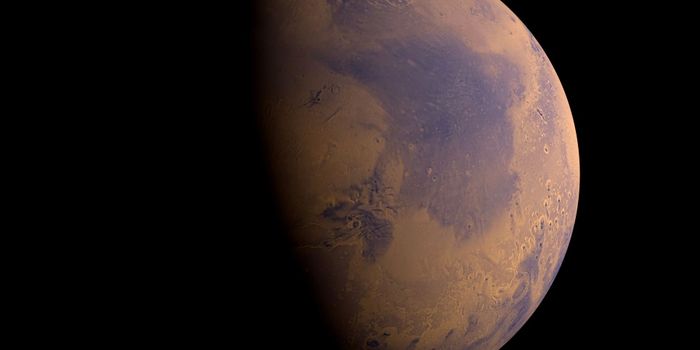Mars Rover InSight to End Mission In July
InSight has been on the red planet for over three years, collecting data on its seismic events.
However, a layer of dust accumulated on the rover’s solar panels impedes the machine’s ability to create power, and NASA will end the mission in July.
The agency expects to completely shut down the rover by the end of the year.
InSight stands for Interior Exploration using Seismic Investigations, Geodesy, and Heat Transport. It launched in May 2018 and, in the time since, has detected over 1,313 seismic events, known as “marsquakes.” The mission is supported by European partners, including the German Aerospace Center and the National Centre for Space Studies (CNES).
Most recently, the rover detected a magnitude 5 marsquake on May 4, the largest quake recorded on the planet—the largest previously recorded was a 4.2 magnitude on August 25, 2021.
While a magnitude 5 earthquake might not be anything to write home about on Earth, it was the “upper limit” of what NASA had hoped to record on Mars.
However, the big quake spelled the beginning of the end for InSight. On May 7, NASA reported that the rover’s energy levels fell below the safe threshold, which triggered the rover’s survival mode, stopping all operations that aren’t vital to the rover’s function.
InSight initially landed in the Elysium Planitia region, a flat portion of Mars that allowed the rover to deploy its sensitive seismic equipment to detect marsquakes from anywhere on the planet. The area is now entering the winter season, and with it comes more dust in the air— and consequently less sunlight. The extra dust covering the solar panels isn’t helping, either.
The only way to save the rover would be a significant, dust-clearing event such as a dust devil with high winds, NASA says, but right now, scientists are just trying to make the most of the remaining power and collect as much data as they can.
The good news: InSight achieved the goals of its original mission at the end of 2020, and the mission was extended to December 2022. Additionally, data provided by InSight gave NASA scientists a better understanding of the planet’s structure, including its larger-than-expected core.
All the rover’s energy is being diverted to its seismometer, still listening for quakes as its lights slowly dim. While it will still be able to take the occasional picture come summertime, by December, NASA expects the rover to go silent altogether.
Sources: Science News, NASA








